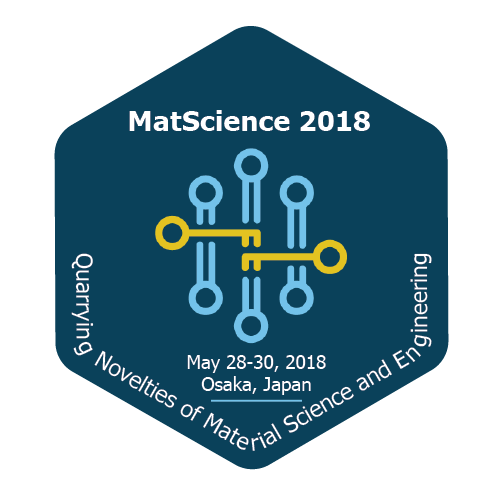
Yoshio Ueda
Osaka University, Suita, Osaka 565-0871, Japan
Title: Nano-fiber formation of transition metals by He plasma process
Biography
Biography: Yoshio Ueda
Abstract
From material research aspect of fusion energy development, He plasma induced nano-structure (HIN) on tungsten is very interesting and attractive phenomenon, which has not reported in the other fields. Dense nano-fiber (fiber thickness of a few tens of nm) structure grows up to several µm under appropriate ion energy and temperature conditions. Important underlying processes to produce this structure are He aggromeration and nano-scale bubble formation in tungsten (also seen in various metals). Detailed formation mechanism, especially growth mechanism of nano-fibers, however, has not been understood well. Once we understand formation mechanisms in detail and find appropriate control methods of the nano-fiber structure, various applications will emerge such as catalyst and sensors due to mainly large surface area of the structure.
In this presenataion, systematic experimental results of nano-fiber formation on various transition metals (Hf, Ta, W, Re, Ir, Pt, Au, Nb, Mo) are shown, indicating relations between nano-fiber charactreristics and material properties. The most critical experimental parameter is temperature. Around 30% of melting temperature in K, nano-fiber structure grows fastest for most of metals. But there are some exceptions such as Ta and Nb, in which thick nano-fiber layers are hardly produced, while relatively large surface holes with diameter of sub µm appear. There are some correlations of growth rates of nano-fibers with mechanical properties of metals as well as aggromeration energy of He atoms calculated by a DFT calculation. Some applications of nano-fiber structure will be briefly touched.

